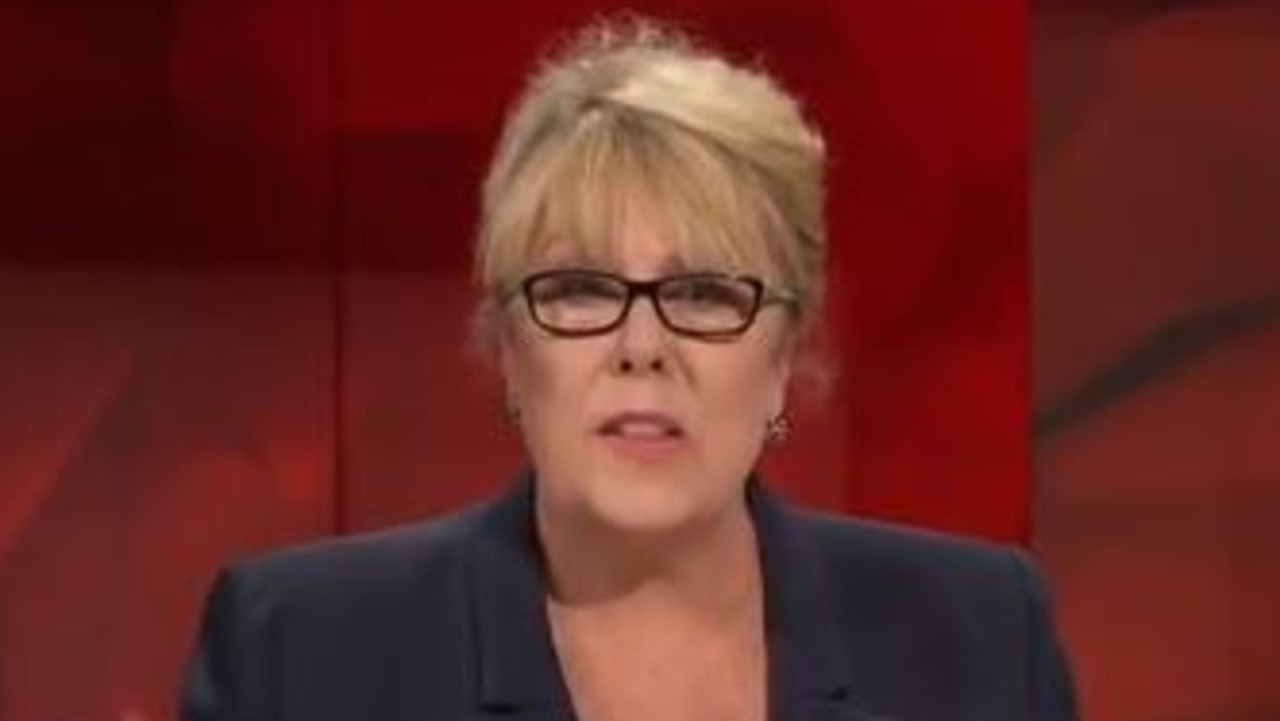Seven ventures into new age for television viewing
Seven West Media will use its annual upfront ad-selling event to reposition as a video storytelling business.

Seven West Media will use its annual upfront ad-selling event to reposition as a video storytelling business in what represents the company’s biggest strategy shift since the advent of digital channels and online catch-up TV services.
The move will be underpinned by new research that has revealed startling insights about an explosion in digital video consumption in the local marketplace, with Australians now enjoying more than four hours of video viewing in a typical day.
Chief revenue officer Kurt Burnette said Seven was trying to change the perception of free-to-air TV as a linear old-fashioned business with the audience moving from the conventional box to new platforms in an extraordinary new golden age of TV.
“Last year it was about show business, but this it year it will be about the business of show business. We’re in the video storytelling business. We’re in the multi-screen business. We need to ensure everyone is on the journey with us,” Mr Burnette told The Australian.
In partnership with video streaming service Presto, Seven’s chief digital officer, Clive Dickens, commissioned Edison Research to undertake what is thought to be the largest survey of its kind, with 1145 people completing daily diaries to log their video and TV habits.
While the recent emergence of Presto, Netflix and Stan has fragmented audiences, the Share of Eye survey revealed an astonishing amount of television is still consumed the old-fashioned way — more than 60 per cent of video time in minutes for 14- to 24-year-olds is spent with linear TV across free and paid services.
While viewing choices may have become more sophisticated in the digital age, the survey found Australians spend 85 per cent of their video time in daily minutes watching linear TV. Online video daily reach is gaining greater penetration, with 31 per cent of Australians watching online video on a typical day. Usage is predominantly skewed to young adults and social video on platforms, such as Facebook, with 65 per cent of 14- to 24-year-olds consuming online video in a typical day.
Amid growing frustration TV continues to be defined as a business consisting of a fixed screen in the home, whose use is measured by Nielsen, Mr Dickens said new definitions were needed as the traditional OzTAM TV measurement couldn’t keep up with contemporary audience behavioural changes.
“The number one standout statistic is that there is significantly more video being consumed on a typical day than we are aware of as an industry, and it’s not being measured,” he said. “We’ve never had before a single source of TV measurement. While more than 80 per cent of video consumption is still with television — that’s not the point. The pool is much bigger, and the industry should start to recalibrate.”
Reaching bigger and bigger proportions, scores of TV shows have seen a meaningful part of their audience move to platforms outside of traditional measurement, with a new audience added to the main rump. TV executives believe this means the category has expanded to new levels rather than gotten smaller.
“All the subscription video-on-demand providers (Presto, Netflix, Stan) in aggregate represent 2.9 per cent of the viewing day. Two years ago that would have been zero. Video is conquering everything,” Mr Dickens said.
This week’s upfronts — rebranded by Seven as the NewFronts — will also unveil plans for the Rio 2016 Olympics and live-streaming of three broadcast television channels.
Seven, 7TWO and 7mate will be available via the internet from December 1.



